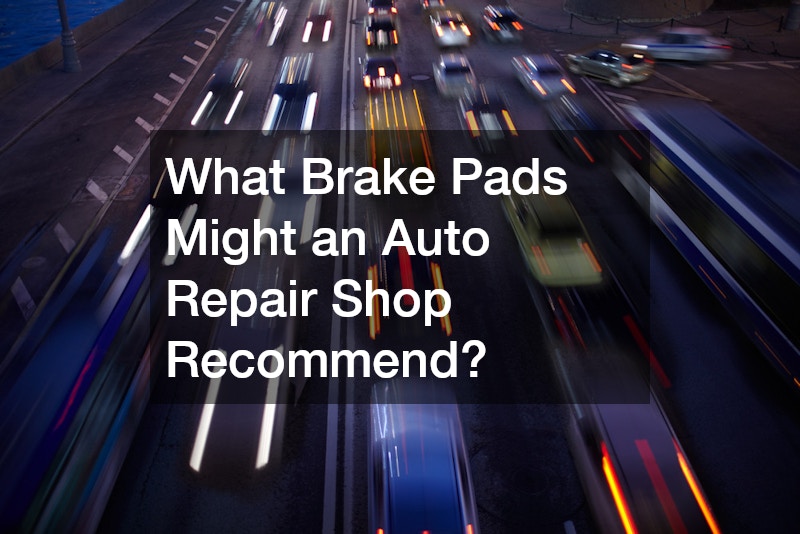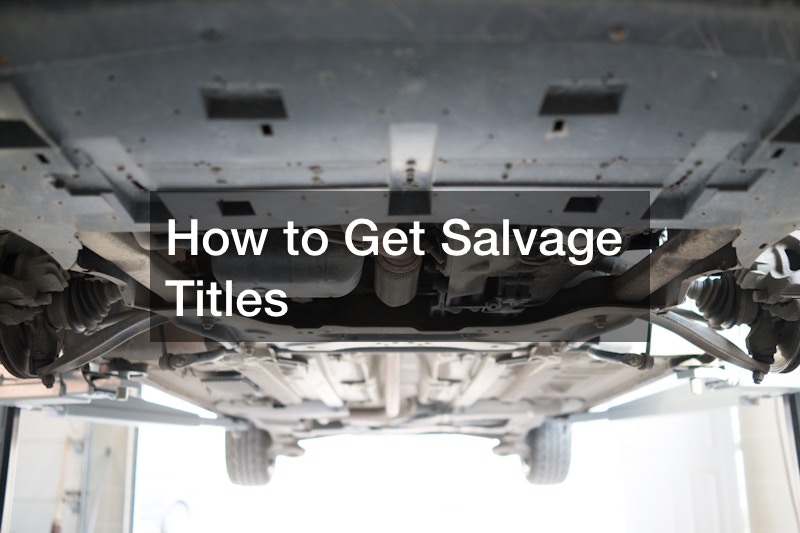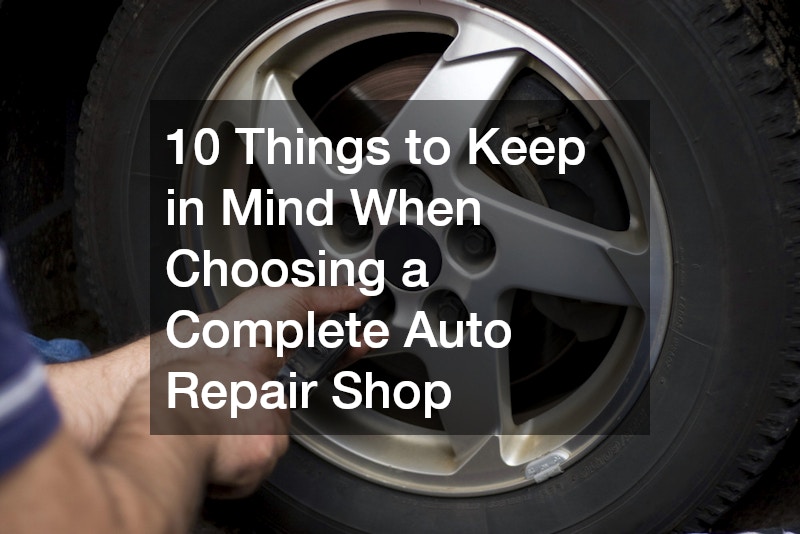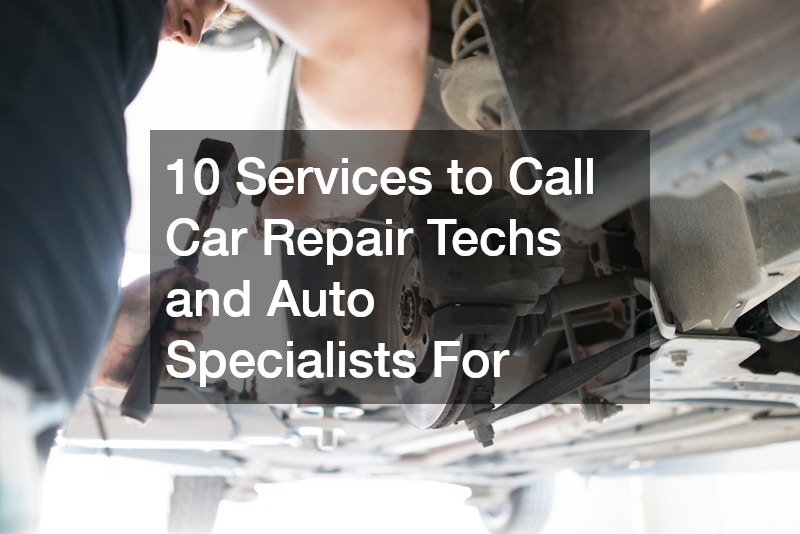When it comes to maintaining your vehicle, the brake system is one of the most important components. Among the key elements of the brake system are the brake pads, which play a critical role in ensuring your car can safely stop when you need it to. Over time, brake pads wear down due to the constant friction they experience when braking. This wear can lead to a decrease in braking efficiency, and if left unchecked, can result in costly repairs or unsafe driving conditions.
If you’re noticing signs of brake issues, such as squeaking or a decrease in braking performance, an auto repair shop is your best resource for assessing the condition of your brake pads. A professional technician will inspect your brake system and recommend the best replacement pads to restore your car’s performance and safety.
But with so many options on the market, how do you know what brake pads your auto repair shop might recommend for your vehicle?
Types of Brake Pads
There are several types of brake pads commonly used in vehicles today. The right choice depends on your driving style, vehicle type, and the conditions in which you typically drive. Your auto repair shop will consider these factors when recommending a specific type of brake pad for your car.
-
Organic Brake Pads
Organic brake pads are made from materials like rubber, carbon, and Kevlar. These pads are softer compared to other types and are often preferred for everyday driving in typical conditions. They’re quieter, create less dust, and provide a smooth braking experience. However, they tend to wear out faster and may not be the best choice for high-performance vehicles or heavy-duty use.Recommendation: An auto repair shop might suggest organic brake pads if you drive a standard car and do most of your driving in suburban or city environments, where you don’t need extreme stopping power.
-
Semi-Metallic Brake Pads
Semi-metallic brake pads are made with a mix of metal fibers (usually steel or copper) combined with other materials. These pads offer better performance than organic pads, especially in terms of heat dissipation. They provide a stronger braking force and are more durable, making them a popular choice for heavier vehicles and drivers who engage in more aggressive driving or frequently drive in hilly or mountainous areas.Recommendation: If you drive a larger vehicle, like an SUV or truck, or do a lot of towing, an auto repair shop might recommend semi-metallic pads for their durability and superior stopping power.
-
Ceramic Brake Pads
Ceramic brake pads are a newer and high-performance option. These pads are made from a combination of ceramic materials and copper fibers, which make them highly durable and effective at dissipating heat. Ceramic pads also produce very little brake dust and are quieter than both organic and semi-metallic pads. Though they tend to be more expensive, they offer long-lasting performance and can handle higher temperatures, making them suitable for a wide range of vehicles, from everyday cars to sports cars.Recommendation: If you’re looking for a premium, high-quality option, or if you drive a performance car, your auto repair shop may recommend ceramic brake pads. They’re also a good fit if you want a quieter and cleaner brake experience.
-
Low-Metallic NAO Brake Pads
Low-metallic NAO (Non-Asbestos Organic) brake pads are similar to organic pads but include a small amount of metal in the formulation. The addition of metal increases braking performance by offering better heat dissipation and stopping power, but can lead to slightly more noise and brake dust. These pads are typically used in vehicles where performance is a priority, though they don’t quite match the durability or temperature control of semi-metallic or ceramic options.Recommendation: If you’re driving a vehicle that requires a balance between affordability and performance, an auto repair shop may suggest low-metallic NAO brake pads. They’re a middle ground between organic and semi-metallic types.
Conclusion
When your vehicle’s brake pads need replacement, it’s essential to consult an auto repair shop to ensure you get the right pads for your driving style, vehicle type, and budget. The technician at the shop will assess your brake system, consider factors like your driving habits and environment, and recommend the most suitable brake pads to maintain the safety and performance of your car. Whether you opt for organic, semi-metallic, ceramic, or low-metallic NAO brake pads, choosing the right option will help ensure that your car stops smoothly and efficiently, providing peace of mind every time you hit the road.
.




